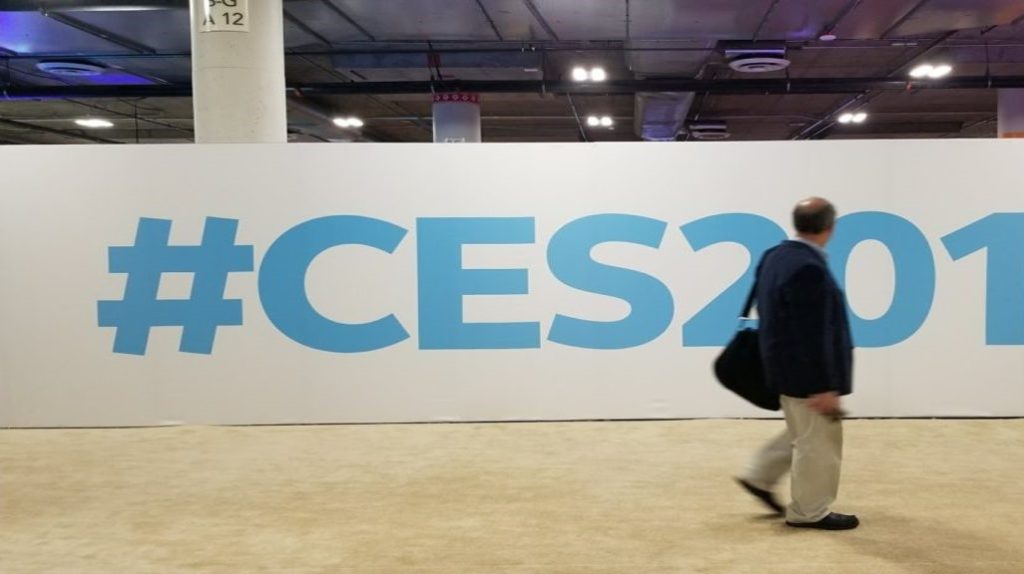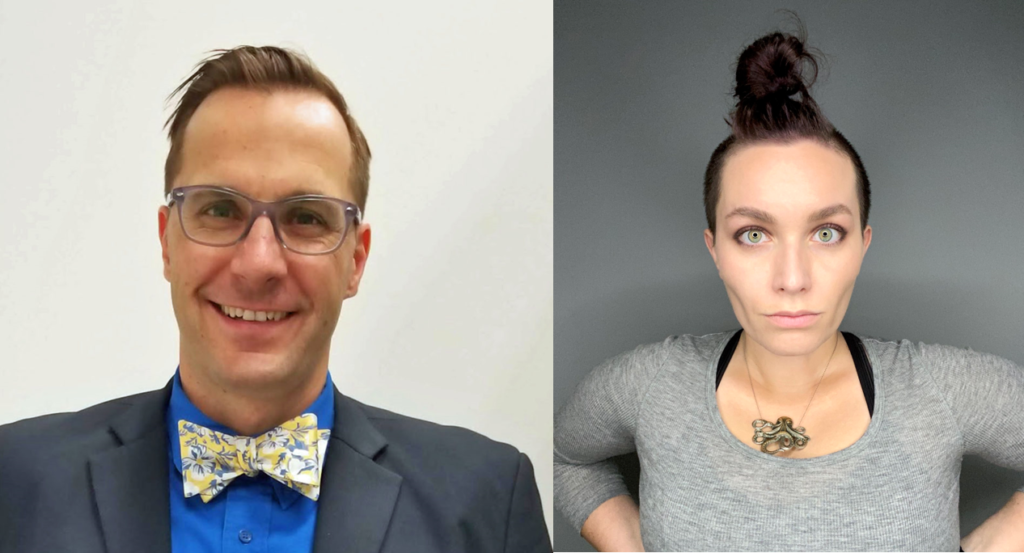
I think we’re making progress.
It used to be the big question following CES was this:
So, what was the coolest gadget you saw?
Most media and tech people have come to realize that it tends to be more about themes, rather than gadgets. It’s true, however, that you can look back at prior CES extravaganzas and pinpoint the shows where tablets, wearables, and smart speakers were the digital belles of the ball.
But most years over the past decades or so have been easier to describe thematically – the foundational changes or trends that will impacted all of us over the next year – or years.
It’s harder than it looks. I have to admit that it probably wasn’t until my fourth consecutive CES that it “kicked in.” Up to that point, the experience is a sensory tsunami – a continuous fireworks show of gadgets and devices that produce lots of “ooh’s and ah’s,” but is often hard to summarize or get your head around.
When you’re an inexperienced CES tourist, it is easy to make mistakes and bad choices, often causing you to end up in Las Vegas convention hall cul- de-sacs where you suddenly realize you’re in the wrong place, and returning to the right one will cost considerable time, energy, and effort. Plus, there’s the omnipresent FOMO feeling you get at CES where you constantly think you’re missing out on something important.
And so, that brings us to last week. We lost a few million brain cells putting together our Jacobs “virtual” tour of CES 2021 with the guidance of our north star, Shawn DuBravac. But it was worth it.
More so than anyone I’ve met in the space, Shawn is a consummate dot connector, with the ability to take in a lot of content, process it, and come out the other side with through-lines that are clear, logical, and useful. He’s a great listener with a sharp memory – great qualities for someone who’s a self-described futurist and trendwatcher.
So, as we were finishing up our tour last week, we immediately started talking about what exactly happened at CES 2021 – and in particular, what it means to radio broadcasters.
The challenge is to put a point on the event – what are the implications of all that technology on the radio business, and how can broadcasters step up to meet the challenge? Over the next few weeks, Paul, Shawn, and I will be meeting with groups of radio executives to help them work their way through the maze of gadgets and trends.
But immediately following CES, Erica Farber and her great team of analysts at the RAB, Jeff Schmidt and Dave Casper sat down with us to tape a wrap-up of the event. And when it came to Shawn, he put it this way:
“It’s all about meeting the customer where they’re at. So often with radio, we want our customer to meet us where we’re at – come to our station. And on occasion, we’ll do in-person events, but increasingly, the customer environment is becoming fragmented and they’re moving across devices and experiences…very quickly. It is a challenge, but we have to meet the customer where they’re at – and where they’re going to be.”
Below is a 4-minute excerpt from that panel discussion that addresses this issue of “meeting the customer where they’re at,” for both the programming and sales departments.
COVID has taught us this because listening environments have shifted quickly – away from the car and the office, and toward the home front. How radio broadcasters have “met the audience where they are” has greatly impacted success during this past year.
A recent story in AdWeek reminded me of these new consumer “terms and conditions.” Taco Bell recently created and posted a talking potato spud video to herald new menu items. The animated video was voiced by Taco Bell CEO Mark King, and it was a clever, funny, attention-getting ad.
That is, if you were watching with the sound on.
As St. Petersburg College’s social media manager, Alexa Heinrich, reminded Taco Bell’s marketing team, upwards of 85% of social media users scroll through their feeds – with the audio off, not to mention those with visual or hearing impairments. In all those cases, consumers not only miss the message – they don’t even know who the video is for.
As Heinrich wrote, “Digital accessibility should be a priority for everyone involved in the marketing process, no matter where they sit on the company org chart. Being conscious of how inclusive your content is means better marketing and a better overall experience for your entire audience.”
By the way, it wasn’t long before Taco Bell added those much-needed captions to their spot, and reposted the video:
We got SO excited about our potato announcement, we forgot to make sure everyone could understand him. Captioned spud HERE… 💜🥔 pic.twitter.com/sYk4PVBGwW
— Taco Bell (@tacobell) January 14, 2021
In a Zoom focus group I conducted for the NAB RAB Radio Show last fall, respondents explained how they gravitate to different devices to tune in a favorite station or show, depending on their location and the gadgetry available to them at that moment in time. One guy told us how he listened to WDRV in Chicago on his phone at work (“real radios” are not allowed in his workplace). But at the end of his shift, he continues listening on his smartphone when he gets in the car – never bothering to turn on the car radio.
There are a lot of people like this – who mash up environments, experiences, and devices out of choice, necessity, or convenience to meet their needs of the moment. Yet, too often, broadcasters “analyze” these new vistas through their own lens:
“No one listens to our station on their smart speakers.”
“We’re not going to do it if we can’t monetize it.”
“Video? Who wants to see our airstaff? We’re radio.”
I’ve heard all the excuses. And the one thing they have in common is they fail to take into account the customer, the user, the listener.
Reimagining a radio company’s business plan in 2021 with the help of the perspective gained from attending an event like CES, and paying attention to  changing usage trends is essential when explaining what happened last year, and what will likely be the environment when our post-pandemic world begins to take shape.
changing usage trends is essential when explaining what happened last year, and what will likely be the environment when our post-pandemic world begins to take shape.
It will require vision, research, and sherpas like Shawn DuBravac and Alex Heinrich (pictured right) to help shape and guide our strategies in this very uncertain environment.
Techsurvey 2021 – the year of COVID – is in the field now, already 25,000 interviews strong. It will be especially useful for radio broadcasters this year, as we attempt to navigate the new realities of our media-saturated world.
From Zoom to “hearables” to the ways in which consumers use their cars, we will help radio broadcasters connect these rapidly changing dots.
Like continuing your adult education at an event like CES or leaning into data from Techsurvey, Nielsen, Triton, and other sources, “meeting the customer where they’re at” isn’t just a good idea or a smart tactic.
It’s a mantra.
To see the RAB’s CES 2021 entire wrap-up, go here.
- A 2020 Lesson?It Could All Be Gone In A Flash - April 24, 2025
- How AI Can Give Radio Personalities More…PERSONALITY - April 23, 2025
- Can Radio Afford To Miss The Short Videos Boat? - April 22, 2025




“Vision”
The old rules were only for diary/PPM manipulation.
The new rules require balls on the level of a Steve Jobs….Kubrick…Orwell.
I’m about to jump into the red water of video podcasting….but am finding my blue pond which will turn into a blue ocean.
Still in very early beta…I’ll launch in the next 10 days.
I pioneered the “show behind the show” concept over 13 years ago in Miami with Lincoln. …continued in Fargo.
Management could not grasp the concept and support.
Examples below.
https://youtu.be/UjLWXOYgbKM
Thanks Fred for your always on target POV.
BK
Much appreciated, Bruce. CES inspires us to think differently and to consider the consumer in the choice we make and the priorities we set.
The first time I heard this concept was from then WNEW-FM GM Peter Coughlin – regarding radio signals said, “…you have to put a signal over them. They’re not going to drive to where you are.”
Still true – your “signal” in 2021 is availability in whatever platform your fans are accessing at a given time. IT’s simpler to do than to monetize. For over 20 years, radio has faced the choice of being where their listeners want them and losing money, or forcing them onto terrestrial radios profitably.
This has been, still is and will be beyond stupid unless radio accepts what an existential threat this horrible choice is. The DMCA was passed in 1998 and hasn’t been modified. Maybe its time to log into an AOL chat room and discuss how it could be changed so radio could give its fans what they want where they want it and not have to write checks to do it. Not doing so might risk losing listeners who are opening up their Netscape browsers and navigating to Napster or ClickRadio. Wake up radio, the future is now!
Bob, thanks as always, for chiming in. And while I don’t want to put a damper on those AOL chat rooms, I might recommend Clubhouse for a lively conversation about broadcast radio. 🙂